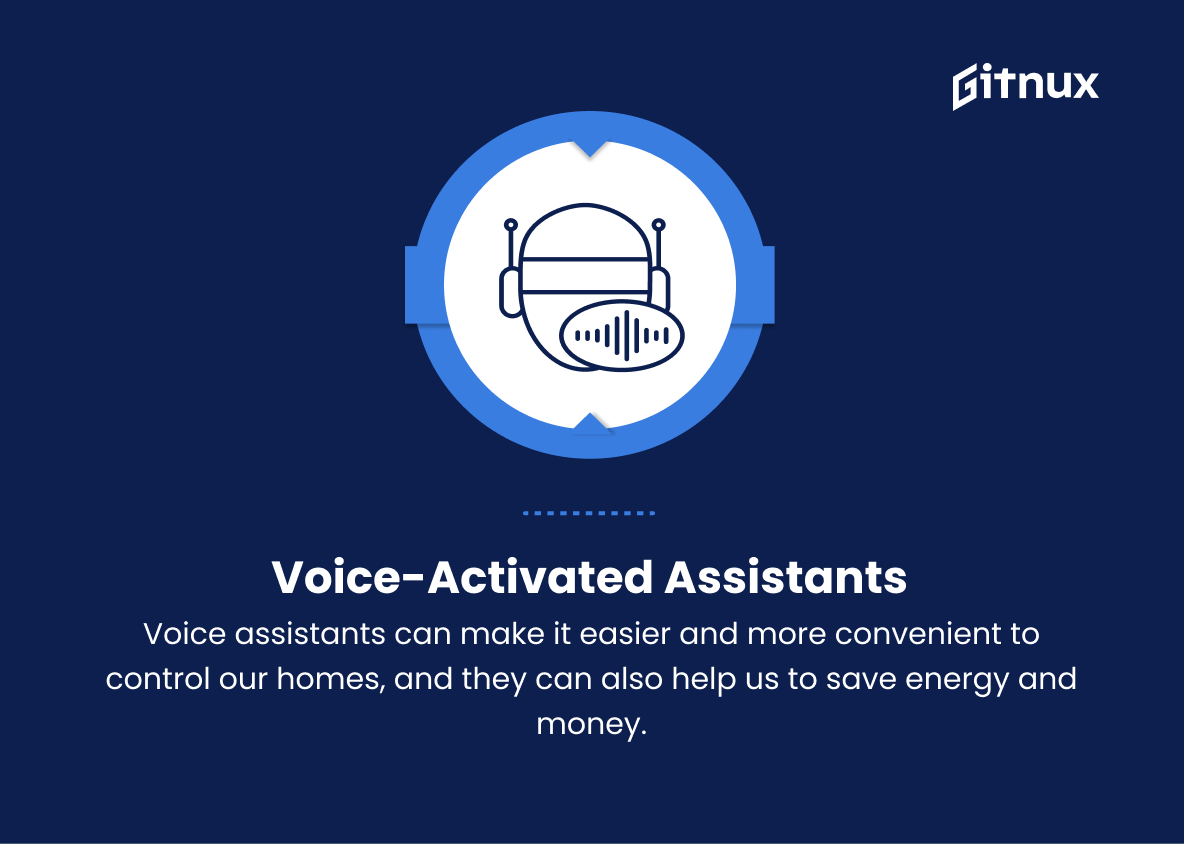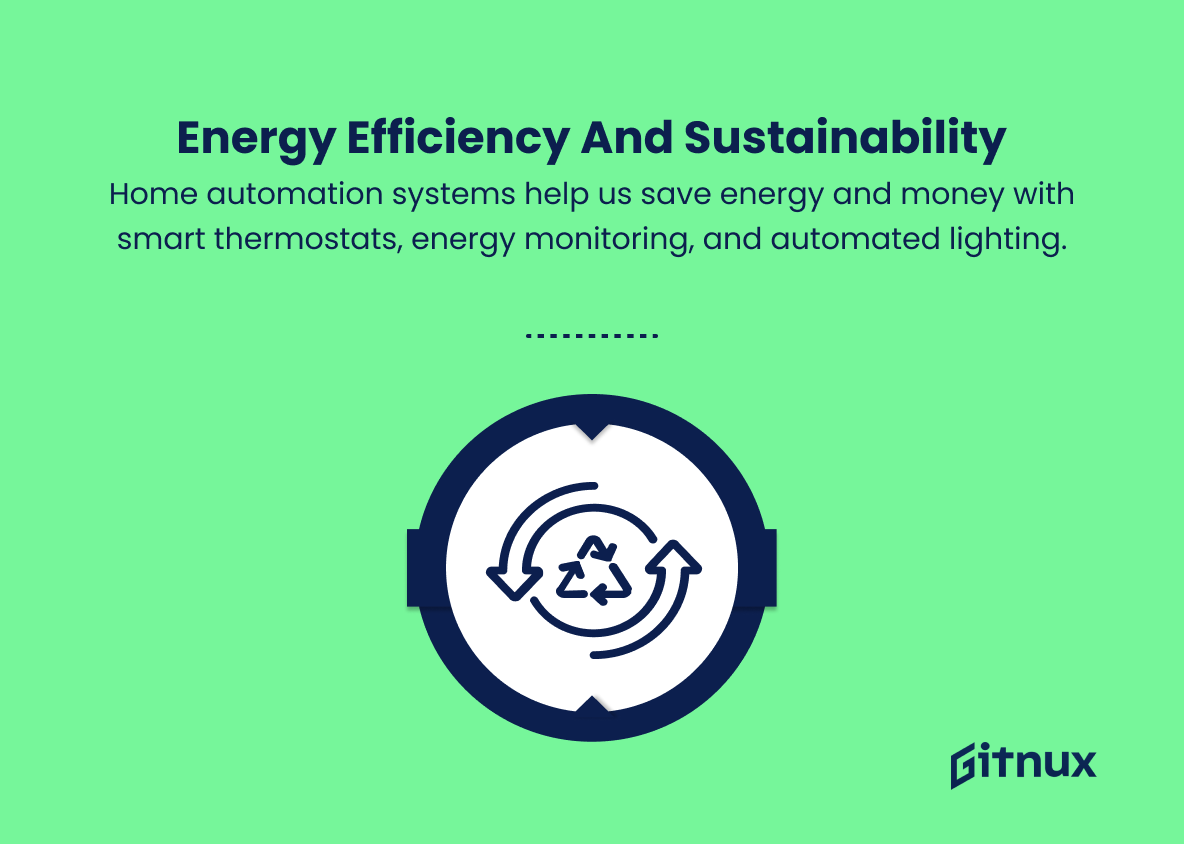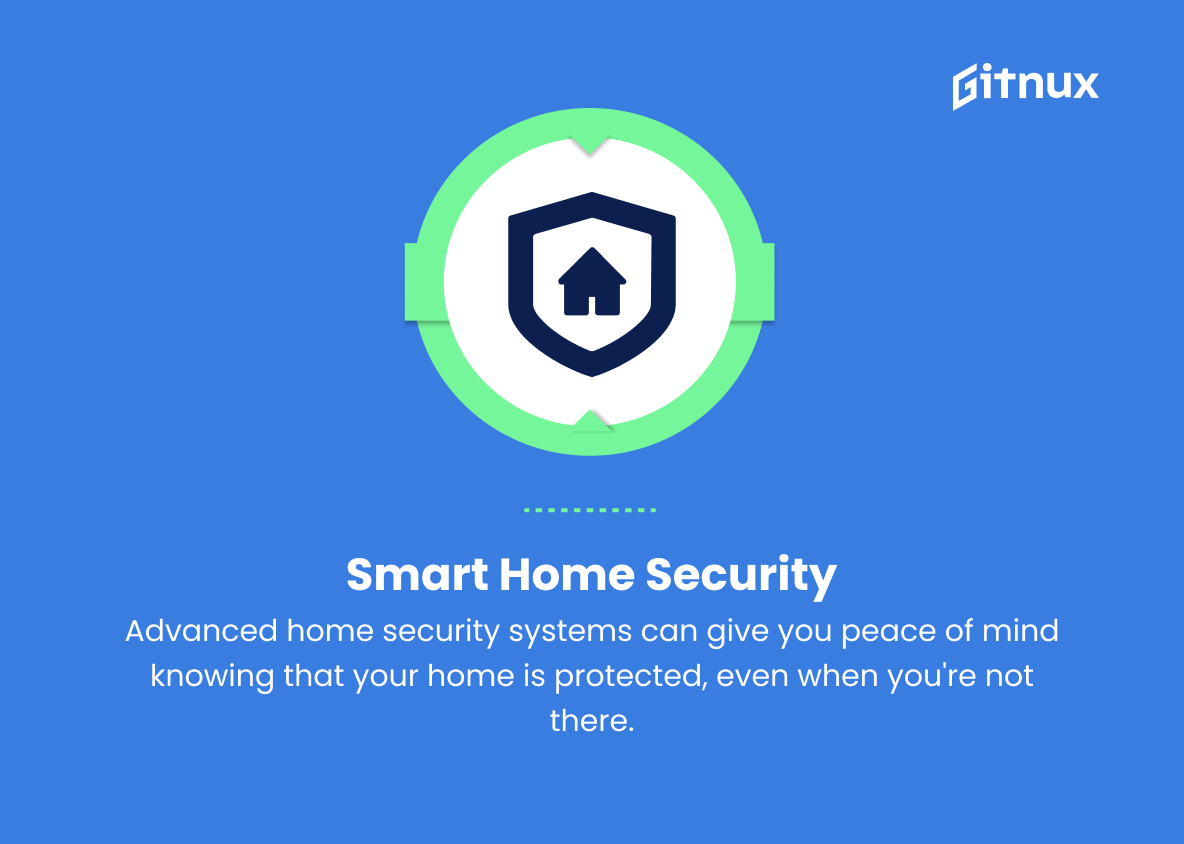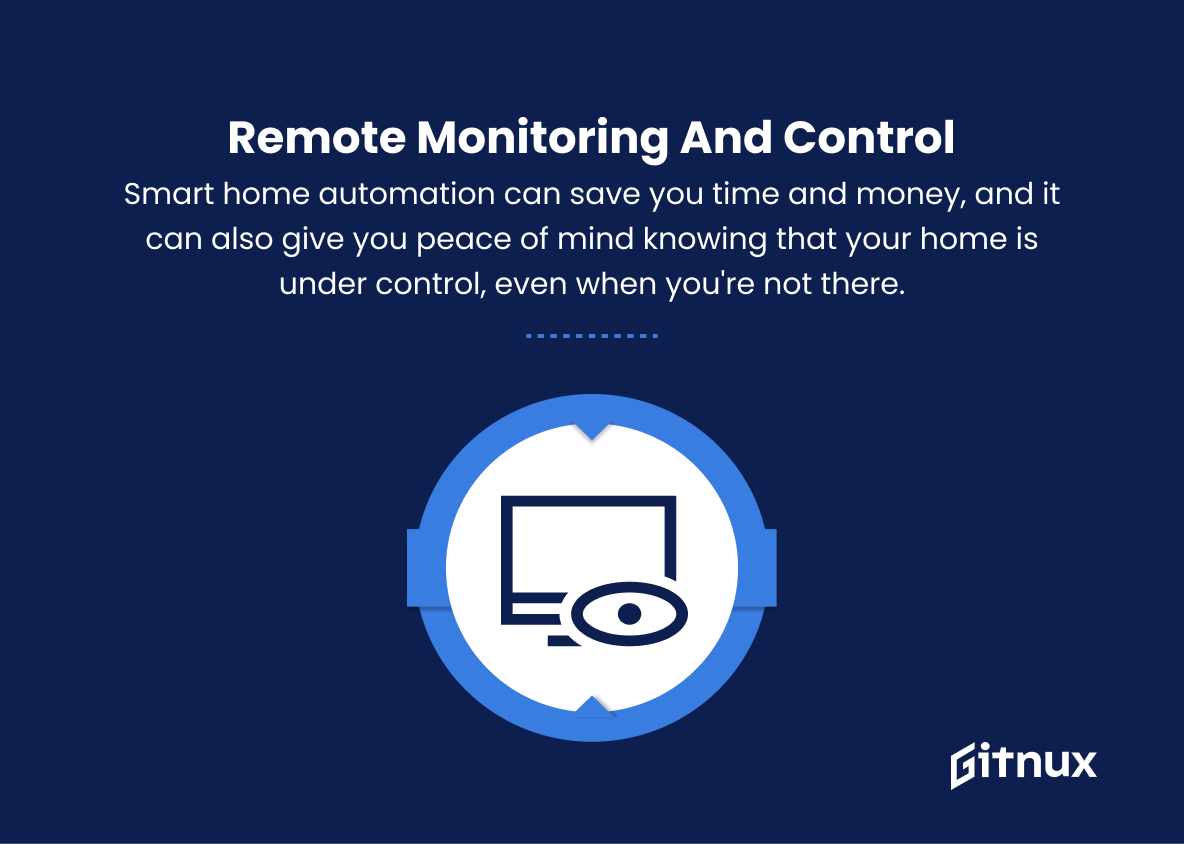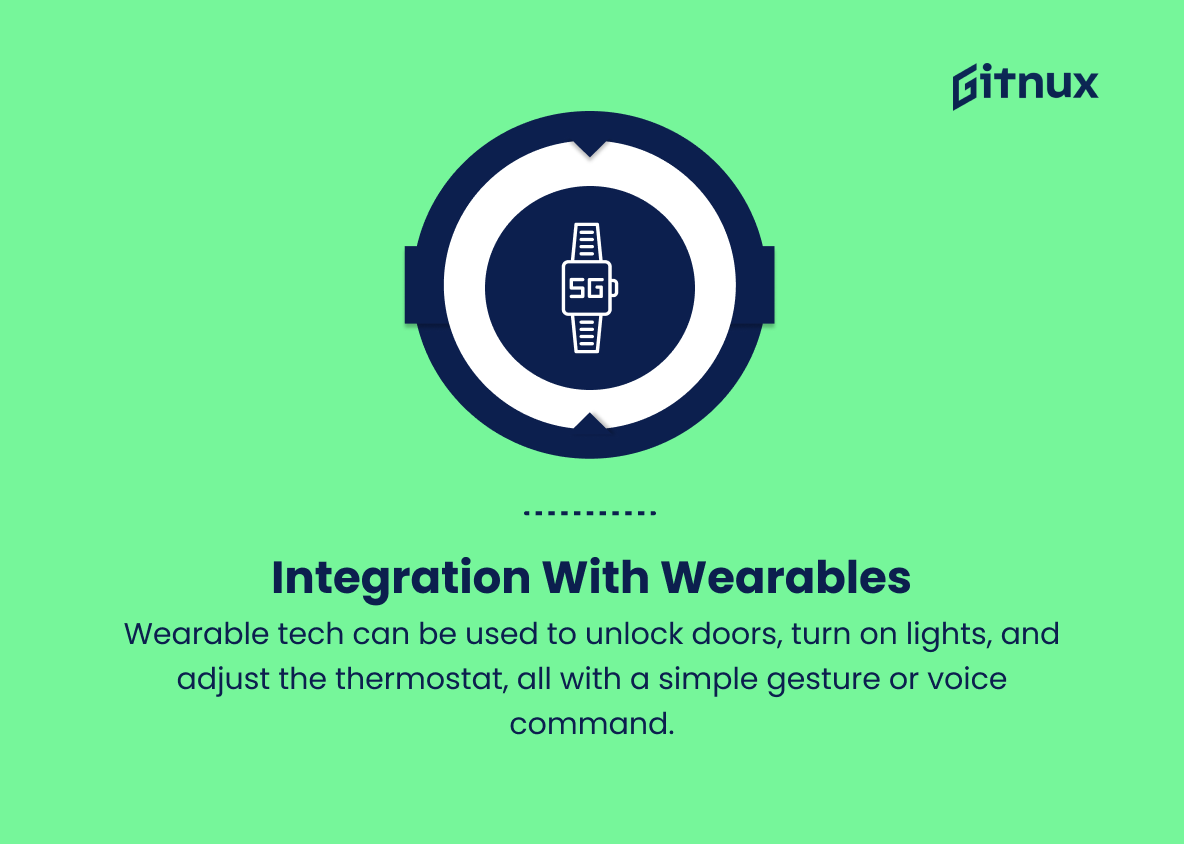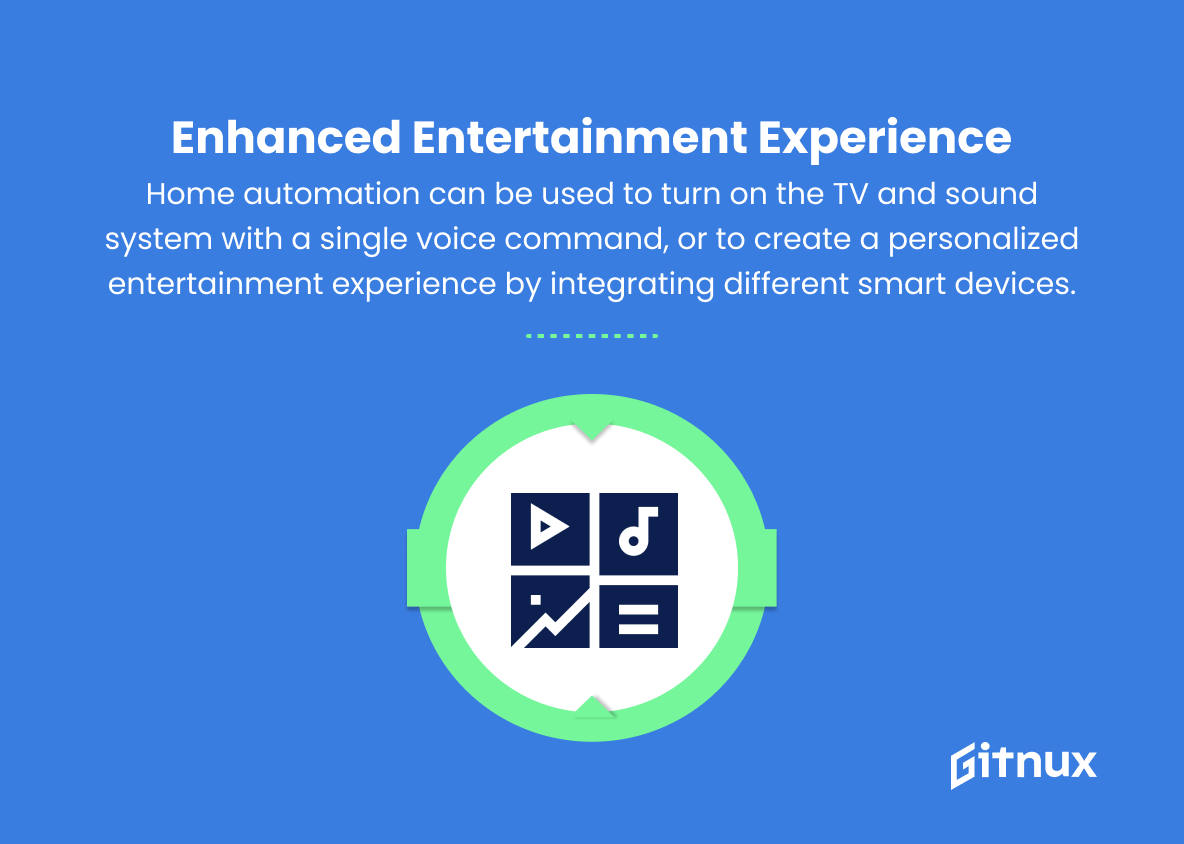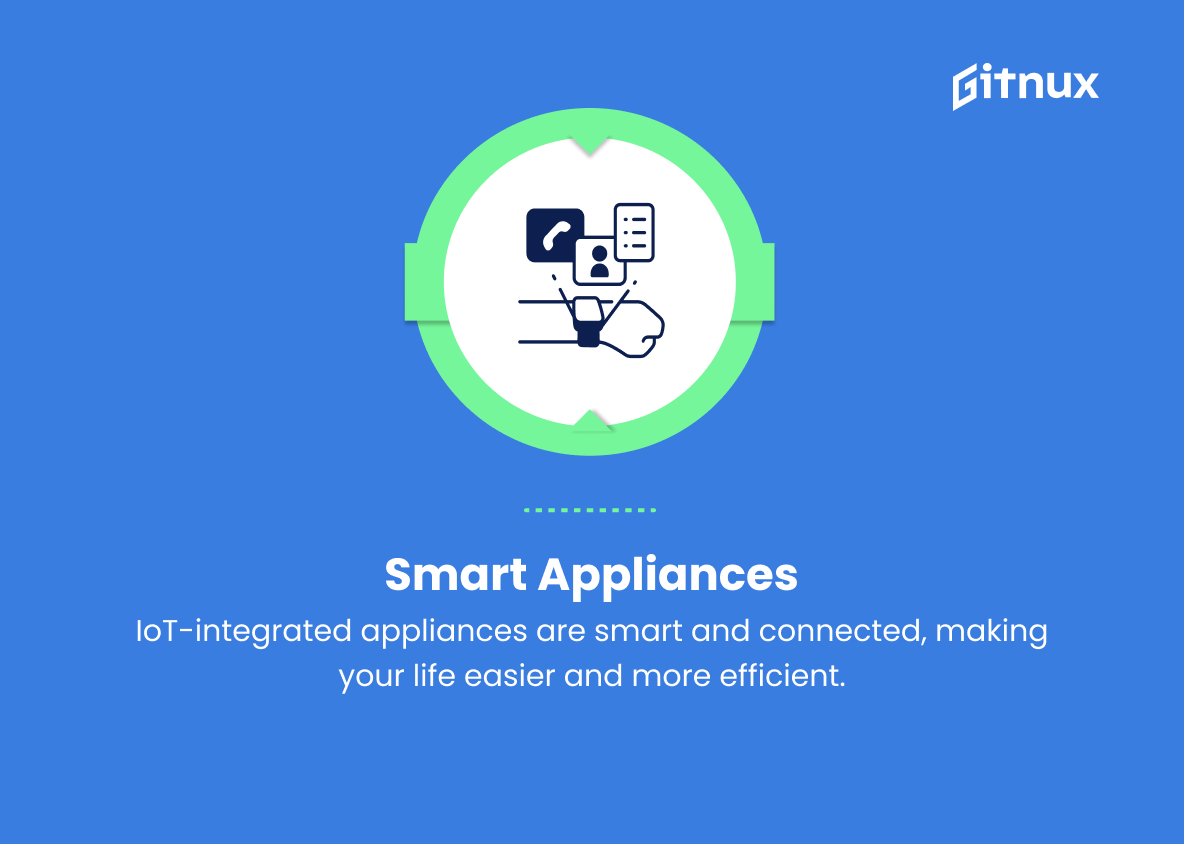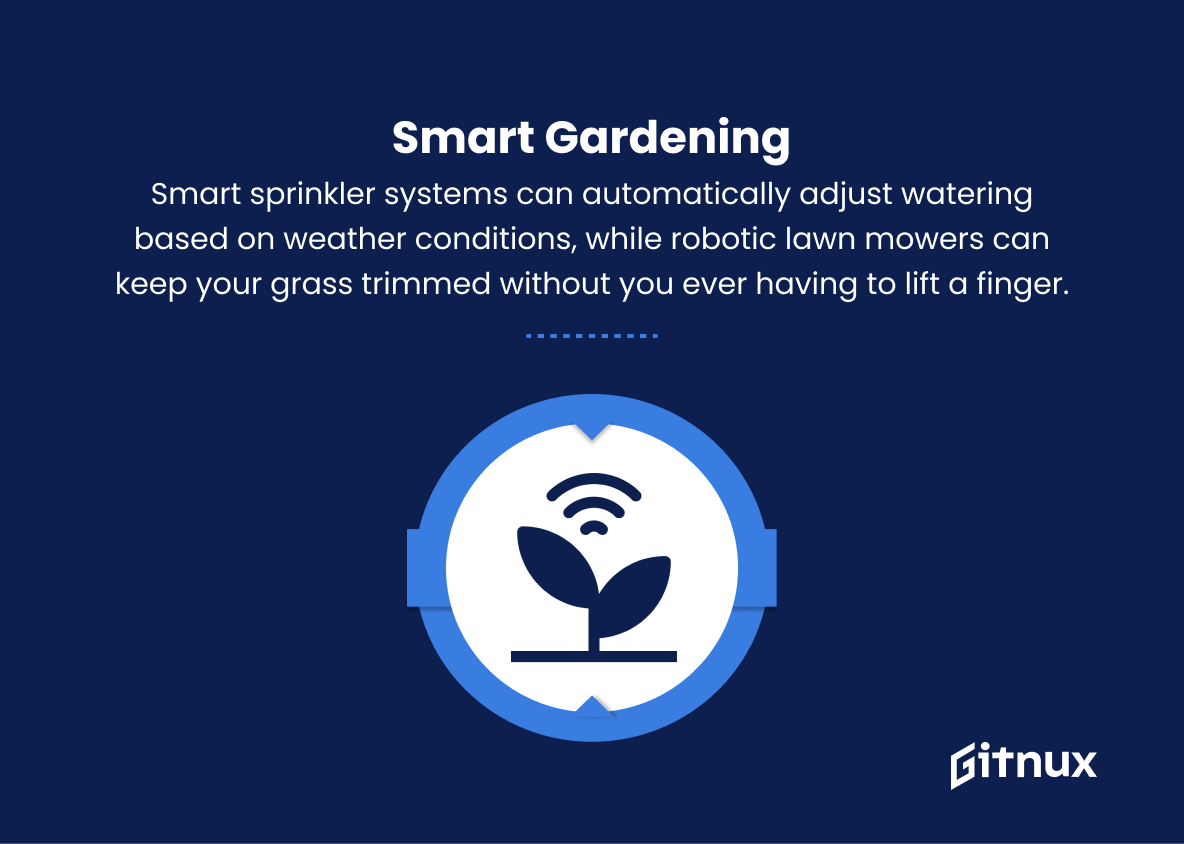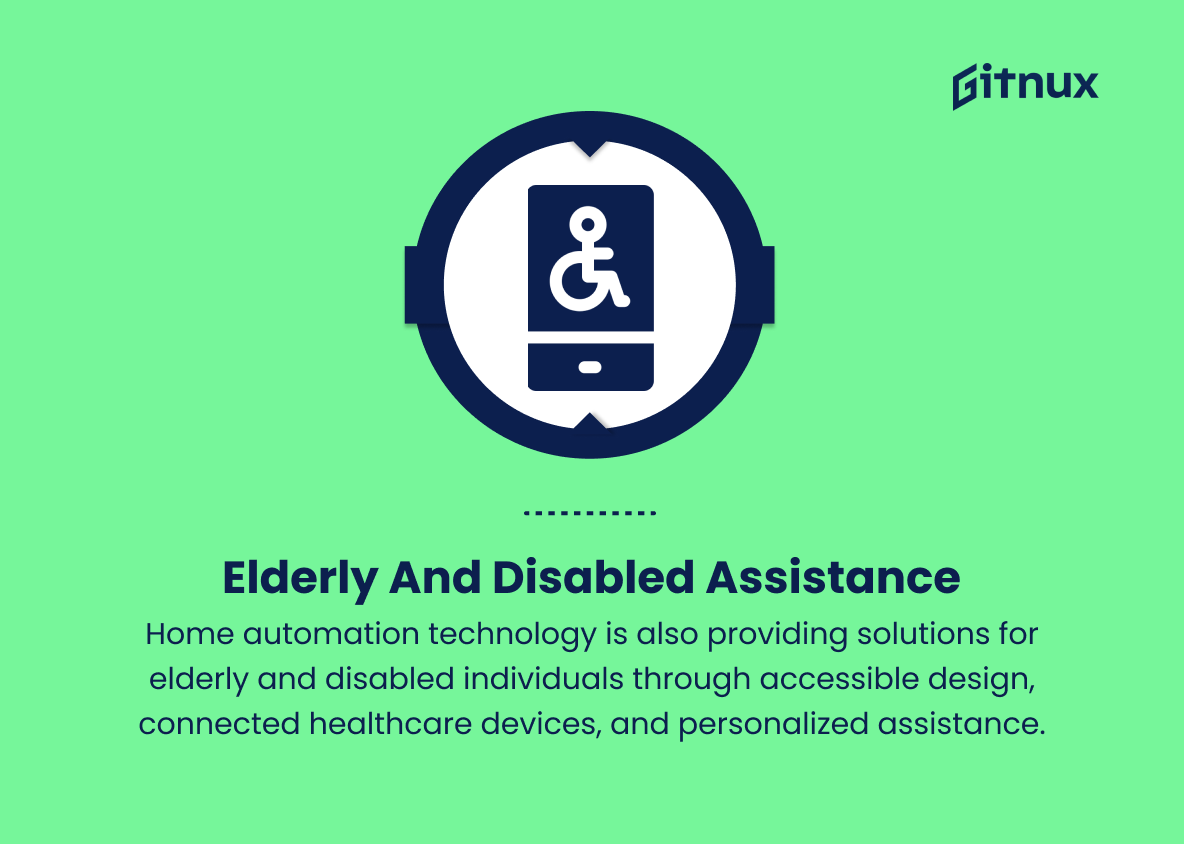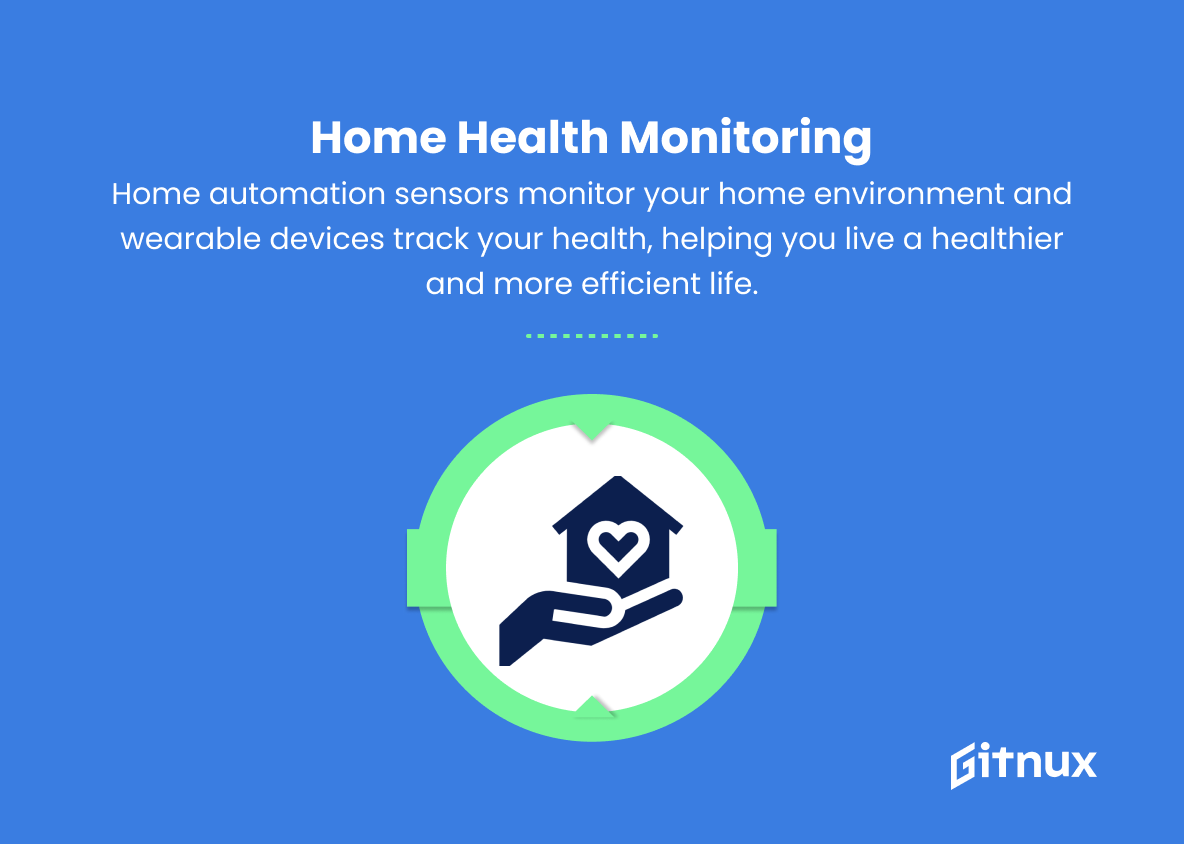As the digital age continues to unfold before our very eyes, home automation has emerged as a groundbreaking and rapidly evolving trend that promises to redefine how we interact with our living spaces. The marriage of cutting-edge technology and intuitive design has given birth to a plethora of innovative solutions, empowering homeowners to streamline everyday tasks, enhance security, and create a more comfortable, energy-efficient habitat. In this insightful blog post, we delve into the latest advancements in home automation, highlighting the products and trends that are reshaping the way we experience our homes and transforming the concept of a “smart home” from an aspirational luxury into a mainstream reality. Get ready to discover the remarkable possibilities and potential of seamless home automation, and unleash the true power of living in the future—today.
Top Home Automation Trends
1. Voice-activated assistants
Devices like Amazon Echo, Google Home, and Apple HomePod have revolutionized the way we interact with our home automation systems. They can control lighting, thermostats, security systems, and more with simple voice commands.
2. Energy efficiency and sustainability
Home automation systems are increasingly focused on reducing energy consumption, with smart thermostats, energy monitoring, and automated lighting systems that adjust based on occupancy and daylight sensors. Some systems also integrate with solar panels and energy storage solutions to optimize energy use.
3. Smart home security
Advanced home security systems use IoT devices like security cameras, door and window sensors, and smart locks to protect the home. These systems can be controlled remotely via smartphone apps and can even send notifications and live feeds when there is suspected activity.
4. Remote monitoring and control
Smart home automation allows homeowners to monitor and control different aspects of their living environment even when they are not at home. This includes adjusting thermostats, checking security cameras, and even monitoring appliances.
5. Integration with wearables
Wearable technology like smartwatches and fitness trackers is becoming more integrated with home automation systems. This allows for more seamless control of smart home devices and even personalized automation based on the user’s habits and preferences.
6. Enhanced entertainment experience
Home automation is transforming the way we experience entertainment, with smart TVs, sound systems, and gaming consoles that can be controlled through voice commands or integrated into a single user interface.
7. Robot helpers and AI
Robotic vacuums, smart trash cans, and AI-powered assistants are becoming more common in homes, helping to automate daily tasks and provide personalized support and reminders.
8. Smart lighting systems
Advanced lighting systems can be controlled via smartphone apps, voice commands, or sensors, allowing residents to customize lighting levels, colors, and schedules, as well as optimize energy consumption.
9. Smart appliances
IoT-integrated appliances like washing machines, ovens, and refrigerators are designed to communicate with other smart devices to optimize energy use, provide maintenance notifications, and even suggest recipes based on available ingredients.
10. Smart gardening
Home automation is extending to the outdoors, with smart sprinkler systems, weather sensors, and robotic lawn mowers that help maintain and manage gardens and landscapes efficiently.
11. Elderly and disabled assistance
Home automation technology is also providing solutions for elderly and disabled individuals through accessible design, connected healthcare devices, and personalized assistance.
12. Home health monitoring
Indoor air quality and water quality sensors can monitor the living environment to ensure optimal health conditions. Some systems also integrate with wearable health monitoring devices to provide a holistic picture of personal health.
Overall, home automation trends are continuing to advance, transforming the way we interact with our living spaces and making our lives more comfortable, secure, and efficient.
Implications
Home automation trends are fundamentally changing how we interact with our homes, enabling a more comfortable, secure, and efficient living environment. Voice-activated assistants allow effortless control over various home systems, while a focus on energy efficiency and sustainability through smart devices helps reduce our environmental footprint. Advanced security systems and remote monitoring capabilities offer enhanced peace of mind, and integration with wearables enables a personalized and seamless user experience. Enhanced entertainment experiences and the emergence of robot helpers and AI add comfort and convenience to daily life.
Furthermore, smart lighting systems, appliances, and gardening solutions contribute to the overall optimization of our homes’ energy consumption and maintenance. Home automation technology also provides vital assistance to the elderly and disabled populations and facilitates home health monitoring, ensuring a safe living environment for all. As these trends progress, our homes will only become smarter and more adaptive, shaping our lifestyles in unimaginable ways.
Conclusion
As we have explored throughout this blog post, home automation technologies are rapidly advancing and showing no signs of slowing down. From increased energy efficiency to enhanced security measures and seamless convenience, homeowners have a multitude of options when it comes to incorporating smart technology into their living spaces. As we continue to move toward an interconnected and intelligent future, the integration of home automation will further redefine our concept of a truly smart home. In conclusion, staying up-to-date on the latest trends in home automation will undoubtedly provide us with boundless opportunities to improve our daily lives, fostering a future that is more efficient, secure, and comfortable.
